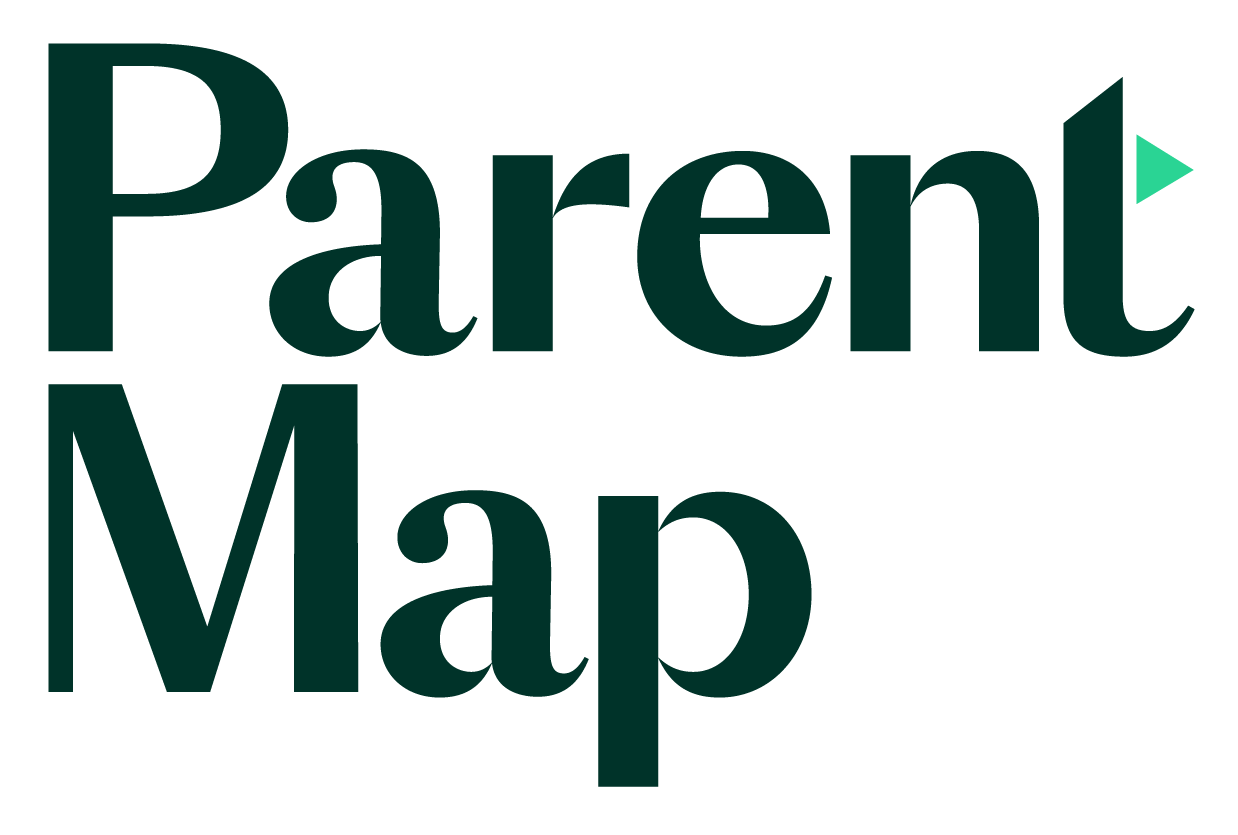
At first glance, Alex Brenner looks like any other University of Washington student, sharing a crowded Seattle apartment with a roommate and using a smartphone to stay organized as he juggles homework, exercise and socializing. Alex isn’t a typical student, though. Diagnosed with Asperger’s syndrome as a young teen, he finished high school with severe academic deficits and an uncertain future.
Alex is now on track to graduate in 2015 with a bachelor’s degree in geography, but it hasn’t been an easy road. He’s part of an unprecedented boom of teens and young adults with autism spectrum disorders (ASDs) navigating, or preparing to navigate, the world beyond high school.
Rising tide
According to a 2014 Centers for Disease Control and Prevention report, one in 68 8-year-olds has been identified as having an autism spectrum disorder, a 30 percent increase over 2012 estimates. But this uptick is nothing compared to the surge seen two decades ago. Between 1993 and 2003, the number of new autism diagnoses ballooned 500 percent.
Although Alex was diagnosed at the tail end of this bubble, at 14, the symptoms of autism — avoidance of eye contact, social ineptitude, inflexibility, preoccupation with repetition — often appear as young as age 2, and autism is commonly diagnosed around age 4. That means that the kids diagnosed in the wave of the 1990s are now washing up on the shore of young adulthood, or, like Alex, are already there. Approximately 50,000 youths with autism turn 18 each year, according to the A.J. Drexel Autism Institute.
The world is scrambling to keep up with the needs of this swelling population, but it may not be changing fast enough, says Benjamin Wahl, MSW, program director for Seattle-based Ryther’s Aspiring Youth Program, a 9-year-old initiative offering social skills and leadership development for spectrum youths ages 8–18.
Many kids were left without programming during the critical stage that follows high school. “We saw our 8- to 18-year-olds having success, then kind of dropping off after graduation,” Wahl says. So five years ago, the Delphi Young Adult Program was created to offer transition support for spectrum individuals ages 18–28.
“Half of spectrum individuals have zero structured activities in the two years post high school. There’s a steep decline in support,” Wahl says.
 Case in point: Many people don’t realize that most
Case in point: Many people don’t realize that most
students’ IEPs (individualized education program, a plan created for special-education students) end when high school does, says Jenni Sandler, M.Ed., director of access services for Highline Community College’s Achieve program. Designed to help a student succeed in K–12 schooling, an IEP pulls together an array of specialized services, from speech therapy to occupational therapy to support for regular classwork.
The IEP exists to ensure adequate assistance through high school, and it does that, says Julie Jine, Achieve’s educational services coordinator. But once students have that hard-won diploma in hand, they’re on their own. Support services, once assembled for each individual student by a team of professionals, must be coordinated piecemeal by shell-shocked parents accustomed to person-based support.
When it comes to support for autism and other developmental differences, “the K–12 system is not adequately preparing these students for college,” Jine says.
Legislators see the need for more support. To address these issues, a statewide Disability Task Force was created by Senate Bill 5180 (sponsored by Sen. Paull Shin, D-Edmonds, in 2013). And while the state does provide a plan for transition, because the K–12 and higher-ed systems are largely independent, parents have to engineer and direct the process independently. And because each diagnosis of autism is unique, there isn’t a set course that any parent can follow.
The Achieve program coordinates resources and transition planning on a local level for students, Jine says. “Too many students are falling through the cracks.”
Often, “falling through the cracks” translates to newly minted high school graduates with ASDs spending years sitting on the couch, playing video games or surfing the Internet without a road map for the future. Parents, on the other hand, are suddenly thrust into the role of full-time schedule engineer or chauffeur for a nearly grown child while they try to balance competing demands — their own career, other children and aging parents.
Social savvy
While many students with spectrum disorders, particularly Asperger’s, don’t have an intellectual disability, they experience unique social challenges that make college life difficult. (In 2013, the American Psychiatric Association removed the diagnosis of Asperger’s syndrome from the Diagnostic and Statistical Manual of Mental Disorders; it is now recognized as a form of high-functioning autism. But many so-called “Aspies” continue to identify with the term.)
Classic ASD symptoms, such as avoidance of eye contact, difficulty reading social cues and inflexibility, make it hard to socially navigate the young adult’s world, Wahl says. And the executive function deficits familiar to many ASD students render making and carrying out social plans extremely challenging, if not impossible.
Navigating a conversation is daunting for someone who can’t read cues such as facial expression, body language and vocal inflection. Add in the complexities of socializing and dating in the hyperconnected world of social media and it’s a formidable challenge.
“It’s a myth that those with ASDs are antisocial. They want to socialize, but they need to actively learn the skills they’ll need,” Wahl says.
Compounding the challenge: As many as 65 percent of people with ASD have a coexisting mental health problem, such as depression or anxiety. These issues commonly surface during the teen and young adult years and can feed the crippling loneliness and isolation, Wahl says.
Young adults with ASDs find social connection online — interacting on a message board may be easier than navigating face-to-face conversation — but struggle with finding the same connection locally, says Lisa Iland Hilbert, M.S., founder of Social Bridge Seattle, a social skills and life coaching service for teens and adults with spectrum disorders or other developmental differences.
College core
Academically speaking, a college education is a realistic goal for many students with ASDs; many can intellectually handle the material just fine, Wahl says. But students with ASDs who thrive on predictability and routine can struggle with the ever-changing slate of professors, shifting class formats and discussion-based classes.
All college campuses have a disability resource center and allow accommodations for students with learning disabilities, including quiet study spots and extra time to complete exams. But colleges are just beginning to grapple with the needs of a growing ASD student population, says Sara Gardner, program manager for Bellevue College’s 4-year-old Autism Spectrum Navigators program.
Like Ryther’s Delphi program, Autism Spectrum Navigators arose to meet a burgeoning need. “We saw that students with spectrum disorders had this roller coaster experience in college,” she says. “They would enroll, maybe do well for a while, then fail and withdraw. We wanted to see if providing some extra support could smooth out that roller coaster.”
It did. During the program’s pilot year, students in the test group had access to “translators,” support personnel who replicated some of the person-based support provided through a K–12 IEP. Students in the test group completed 85 percent of classes they attempted with an overall GPA of 3.04, compared to a 67 percent completion rate and GPA of 2.35 for ASD students who received no support.
“It was clear that we needed to keep providing these types of supports to students,” Gardner says.
Work woes
For most, a good job is the endgame for college, and employment is a precursor to any type of independence. Youths and young adults with ASD can thrive in the working world but often struggle to first get a foot in the door, says Seattle-based Patty Pacelli, author of Six-Word Lessons for Autism Friendly Workplaces (2014) and mom to a grown autistic son.
One of the biggest challenges is interviewing, she says. “Most individuals on the spectrum simply don’t interview well, because they find it more difficult to quickly form responses to verbal questions and thus don’t communicate very well about their skills and suitability for the job.”
On the job, young adults with ASD may struggle to understand “work culture” and fit in. Work chitchat, jargon and small talk don’t come naturally. It’s also difficult to deal with physical and sensory issues at work, such as noise and bright lighting, Pacelli says.
These challenges don’t mean that young adults with ASDs should opt for a life on mom and dad’s couch, though. “Parents should know that there are agencies that work with companies to help place adults with autism in good jobs (such as Seattle’s Mainstay employment services), and there are job coaches and other consultants who can help train and prepare them for interviewing and what to expect on the job,” Pacelli says.
Under the ADA, individuals with ASDs have a right to certain accommodations, even having a job coach at work, Pacelli says. And a growing number of companies, including Walgreens, Lowe’s, Microsoft and SAP, are seeking candidates with autism.
That’s because individuals with autism bring unique, often desirable traits to the workplace, including passion, integrity and intense focus.
Less is more
Parents of kids with autism should start thinking about transition as soon as they get a spectrum diagnosis, even in early childhood, Sandler says.
Planning for independence from day one runs counter to most parents’ thinking, Jine admits. As soon as parents get a diagnosis for their young child, they want as much support as they can get: a dedicated aide at school and maybe at home, extra help with schoolwork, and accommodations for tests and assignments — the works.
She proposes the opposite: Instead, use the least amount of support possible. Providing students with the support they need to succeed, and no more, builds skills they’ll desperately need later on, skills such as time management, self-advocacy and self-care. (Because coverage on parents’ insurance plans ends at age 26, most young adults with ASDs will need to learn to manage at least some of their own medical care, calling on organizational and communication skills that can take years, if not decades, to master.)
Valerie Brenner, mom to Alex, agrees. By the time a student with ASD reaches high school, it’s time to start “weaning off” some of those strong supports in place, including full-time behavioral aides, she says. Students should start learning to self-manage school deadlines, planning enough time to complete schoolwork and learning how to ask for help if needed.
That means some assignments will get turned in late. That’s OK, Sandler says. “Allowing for safe failures allows for growth.”
Valerie carried this concept through to Alex’s home life, too. As a way to prepare him for college living, she turned his home bedroom into an apartment of sorts, complete with a “mailbox” outside the door, a fridge and a personal calendar. After high school, she had Alex start handling his own mail, laundry, meal planning and schedule.
This approach forced Alex to learn skills he still uses: To this day, he keeps track of his daily schedule and assignments on a large white-board calendar in his apartment.
That doesn’t mean Valerie isn’t in the picture. “We’re always there in his life. After college, he may need to move back home while he looks for a job. We’ll face another transition soon. We don’t know what the next thing is.”
For young adults on the spectrum, it’s about interdependence, not complete independence, Gardner says. “We want parents to understand that their young adult may always depend on them for certain things, but that everyone has strengths they can bring to work and life. We help students learn to build on those strengths.”











